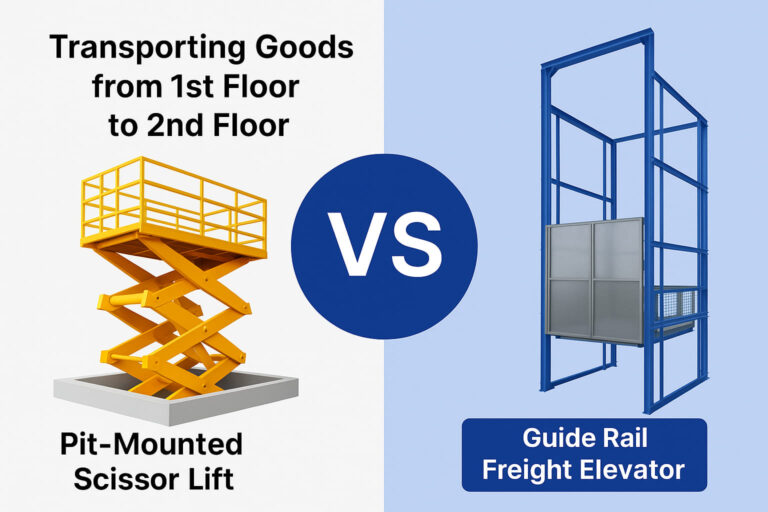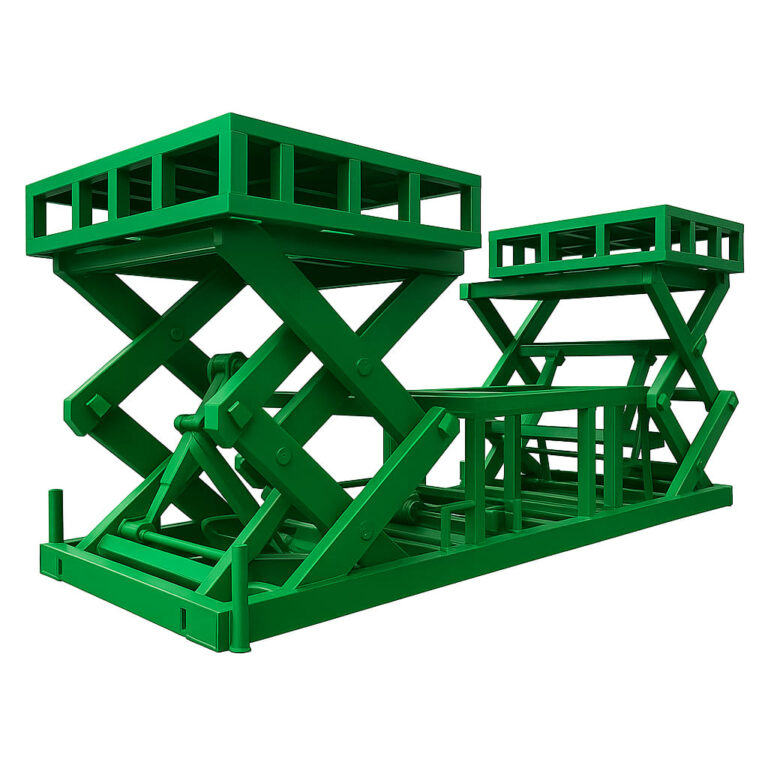Avoid Starting Under Load
Starting the conveyor while under heavy load should be avoided to reduce stress on the belt and its components.
Correct Belt Misalignment Promptly
If the conveyor belt deviates from its track, corrective action should be taken immediately to avoid further damage.
Do Not Mix Belt Types or Specifications
Belts of different types and specifications should not be used together. Joints should be bonded with adhesive, not mixed mechanically.
Select the Right Belt Type and Structure
Choose the conveyor belt type, structure, specifications, and number of plies based on actual application and material handling conditions.
Control Operating Speed
The standard operating speed should not exceed 2.5 m/s. For heavy or abrasive materials, and when using fixed plough-type discharge devices, slower speeds are recommended to minimize wear.
Proper Pulley and Roller Selection
The diameter of drive and redirect pulleys, the relation between them and the belt structure, and the troughing angle of idlers should comply with design specifications.
Align Material Flow Direction
The material flow should match the direction of belt movement. To reduce impact at the feeding point, use a chute to reduce drop height. Shorten idler spacing and use cushion rollers to absorb shock. Install soft or moderately rigid side baffles to prevent scraping damage to the belt surface.
Maintain Rollers and Avoid Slippage
Replace missing rollers in time. Remove material buildup on rollers to ensure proper rotation. Prevent slippage between rollers and belts. Lubricate moving parts as needed, but never apply oil directly to the belt surface.
Prevent External Damage
Avoid the belt being caught on the frame, posts, or material piles. In case of partial damage, repair the area with rubber patches promptly to prevent the damage from spreading.







